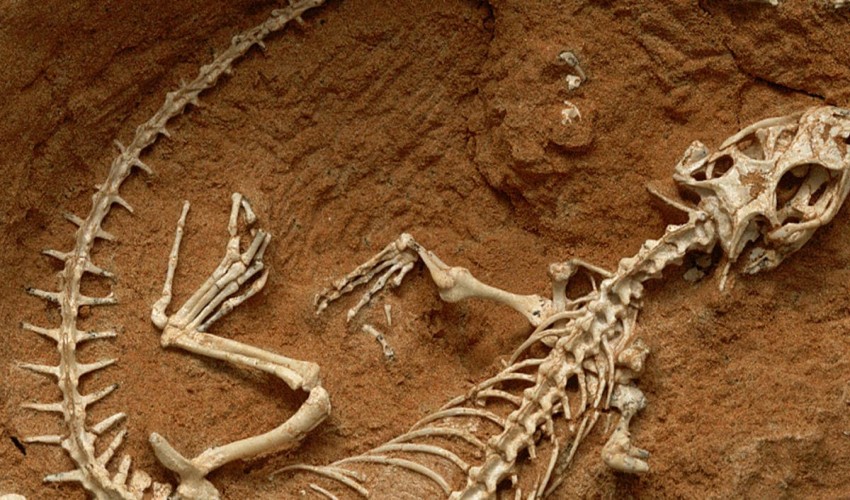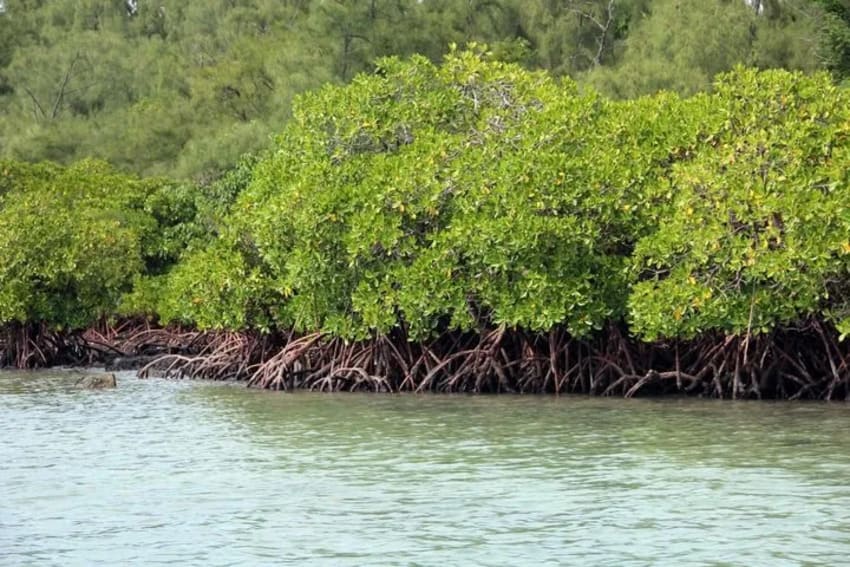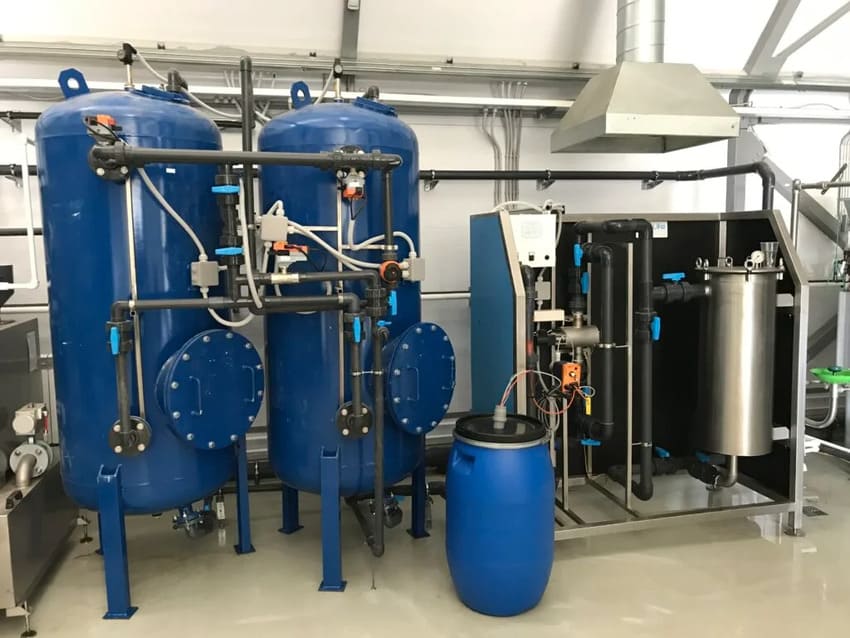
Paleontology
Paleontology, also spelled palaeontology or palæontology It
includes the study of fossils to classify organisms and study interactions with
each other and their environments (their paleoecology). Paleontological
observations have been documented as far back as the 5th century BCE. The
science became established in the 18th century as a result of Georges Cuvier's
work on comparative anatomy, and developed rapidly in the 19th century.
Paleontology lies on the border between biology and geology, but differs from archaeology in that it excludes the study of anatomically modern humans. It now uses techniques drawn from a wide range of sciences, including biochemistry, mathematics, and engineering. Use of all these techniques has enabled paleontologists to discover much of the evolutionary history of life, almost all the way back to when Earth became capable of supporting life, about 3.8 billion years ago. As knowledge has increased, paleontology has developed specialised sub-divisions, some of which focus on different types of fossil organisms while others study ecology and environmental history, such as ancient climates.
Body fossils and trace fossils are the principal types of
evidence about ancient life, and geochemical evidence has helped to decipher
the evolution of life before there were organisms large enough to leave body
fossils. Estimating the dates of these remains is essential but difficult:
sometimes adjacent rock layers allow radiometric dating, which provides
absolute dates that are accurate to within 0.5%, but more often paleontologists
have to rely on relative dating by solving the "jigsaw puzzles" of
biostratigraphy (arrangement of rock layers from youngest to oldest).
Classifying ancient organisms is also difficult, as many do not fit well into
the Linnaean taxonomy classifying living organisms, and paleontologists more
often use cladistics to draw up evolutionary "family trees". The
final quarter of the 20th century saw the development of molecular
phylogenetics, which investigates how closely organisms are related by
measuring the similarity of the DNA in their genomes.
- Vertebrate Paleontology
- Invertebrate Paleontology
- Arthropoda
- Phylogenetics
- Ichnology and trace fossils
- Bryozoans
- Brachiopoda
- Mollusca
- Echinodermata
- Taphonomy and modes of fossilization
- Paleobotany
- Micropaleontology
- Porifera
- Stromotoporoidea
- & Archaeocyathida
- Cnidaria
Recent Published
Submit Manuscript
To give your manuscript the best chance of publication, follow these policies and formatting guidelines.


